How to Use: CLEAR Top Coat
October 3, 2017
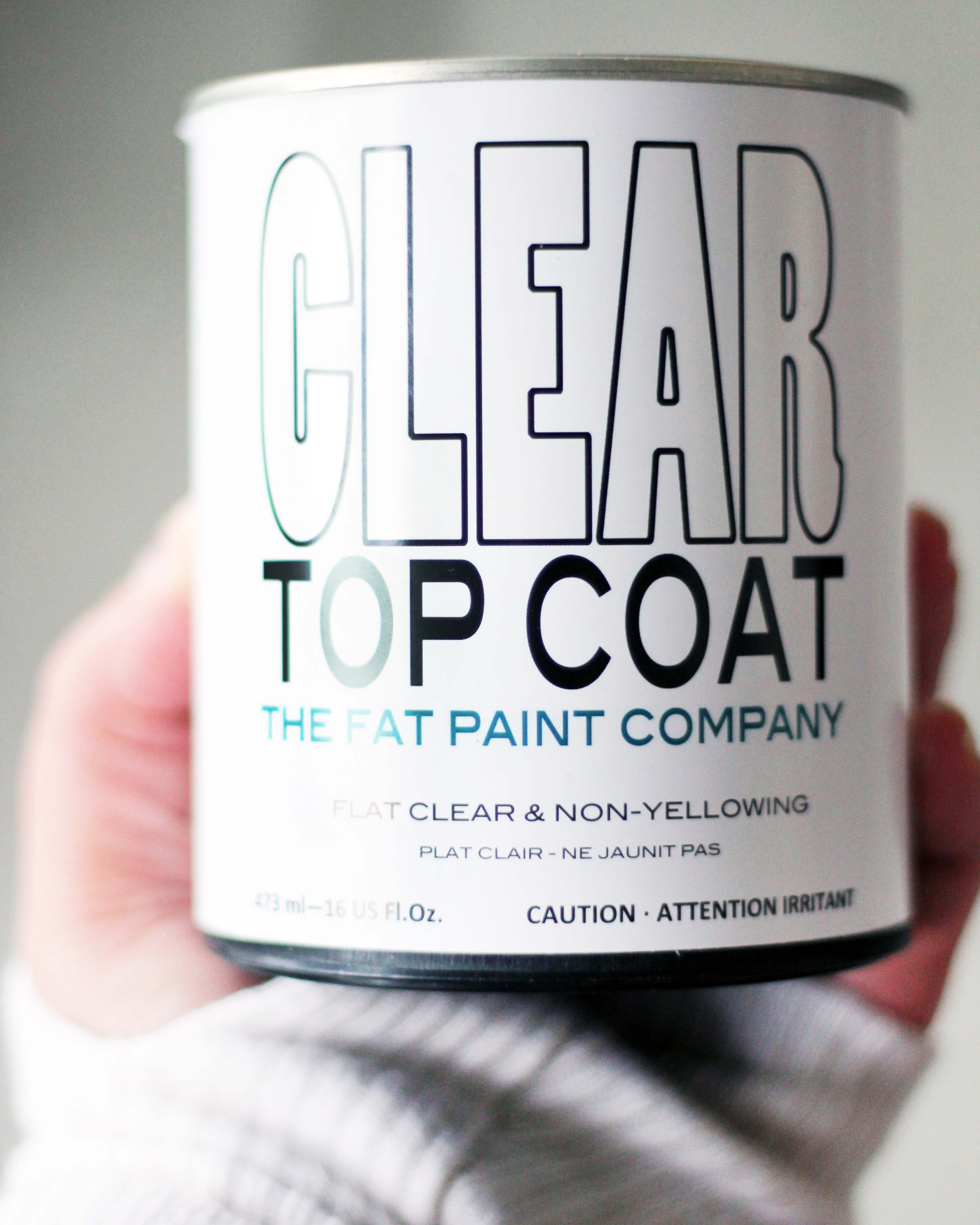
We often brag out our FAT Wax as the go-to sealant for your FAT Paint projects. And rightfully so. It’s awesome! It leaves behind a durable and lustrous museum-quality polish that’s smooth as silk and soft to the touch. But in some cases, you may be looking for a little extra protection. That’s where our CLEAR Top Coat comes in.
The water-based sealant is safe and easy-to-use; it goes on clear and stays clear, providing a pearl sheen guaranteed not to yellow over time. The sheen beautifully emulates the traditional look of a waxed, chalk-style painted surface: not too shiny and not too flat. In short: It’s also awesome!!
CLEAR Top Coat is best used for high-traffic areas, such as dining room tables, office desks, cribs and kitchen cabinets. These kind of pieces tend to endure a heck of a lot more wear n’ tear than your average chair or dresser, so make it your best friend for these kinds of projects.
Here are the key things to remember when using CLEAR Top Coat:
Before you start, make sure to remove all sanding dust or dirt from your FAT Paint’d surface with either a damp cloth or clean tack cloth.
DO NOT, I repeat, DO NOT shake the can! That will create bubbles, which will then be transferred to your piece. No one wants that. Yuck! Mix the CLEAR Top Coat well with a stick; it tends to separate and settle at the bottom of the can so make sure you reach all the way down when you stir.
Apply CLEAR Top Coat in thin layers with a good quality synthetic brush, low-nap velour roller or flat applicator. Make sure you allow the top coat to dry thoroughly before applying another layer, if you so choose, sanding lightly with fine grit 200-400 sandpaper in between.
You can use 2–3 coats if you’re looking for superior protection, but no more than that is needed. Make sure to allow it to cure well before leaving any heavy objects on the surface.
If you’re looking for a super smooth finish, lightly sand the surface with soaking wet 600 grit wet/dry sandpaper, keeping the area wet with damp cloth during this process. Careful not to overdo it, however, or you may remove the layer you just applied.
Have fun!
Drop us a line
You must be logged in to post a comment.
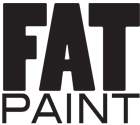
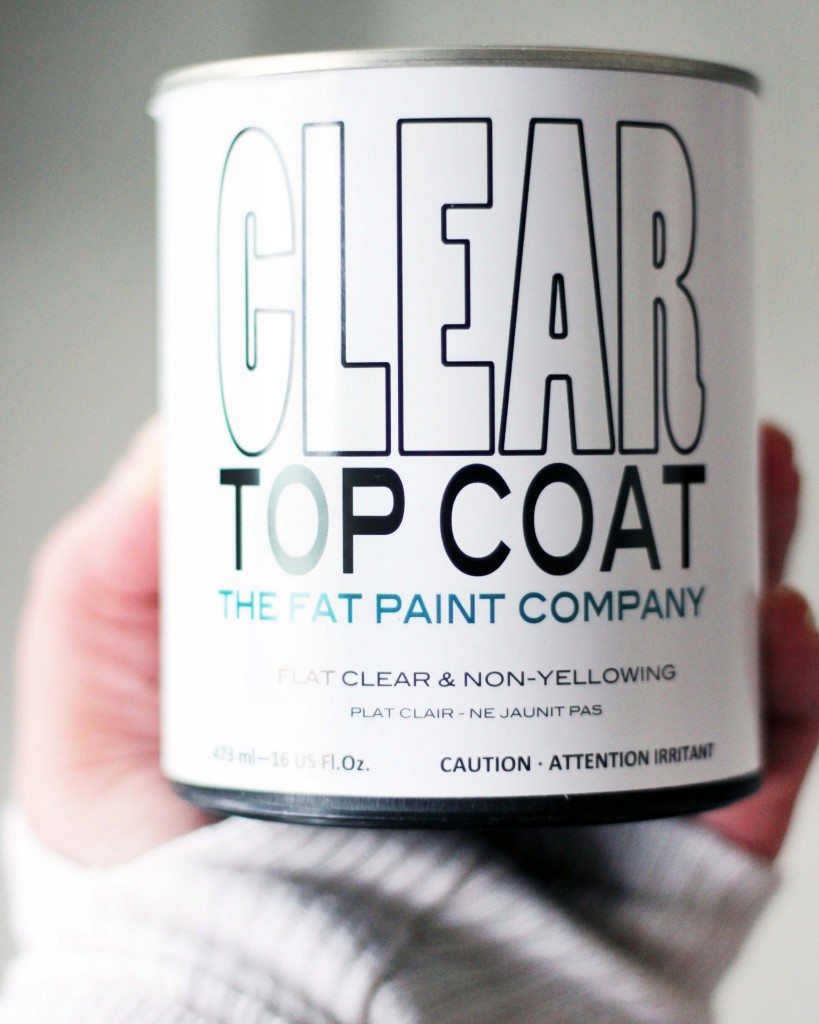
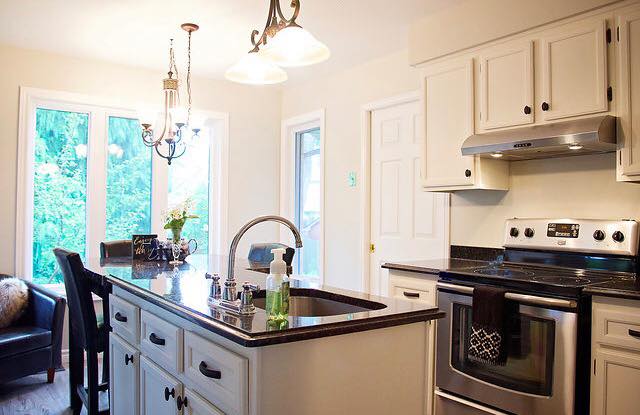
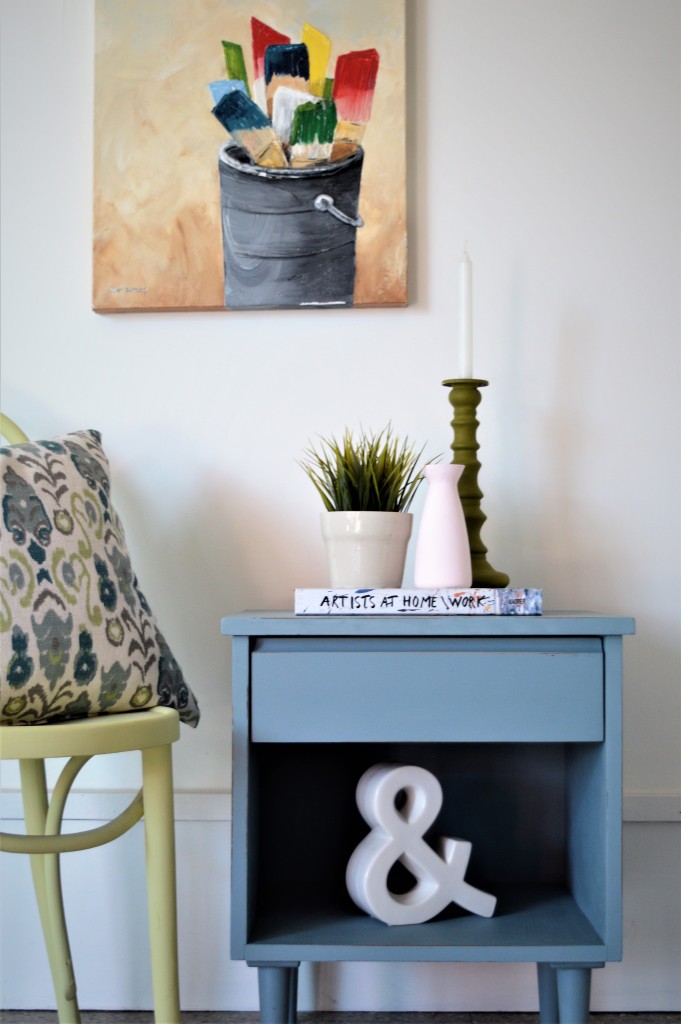
Post Comments 0